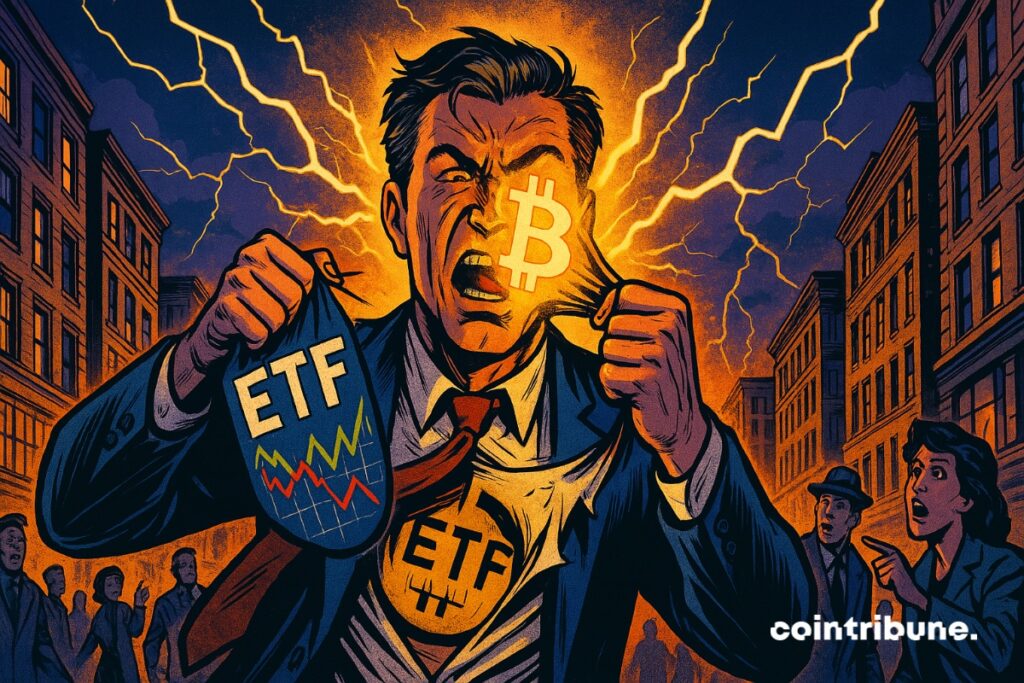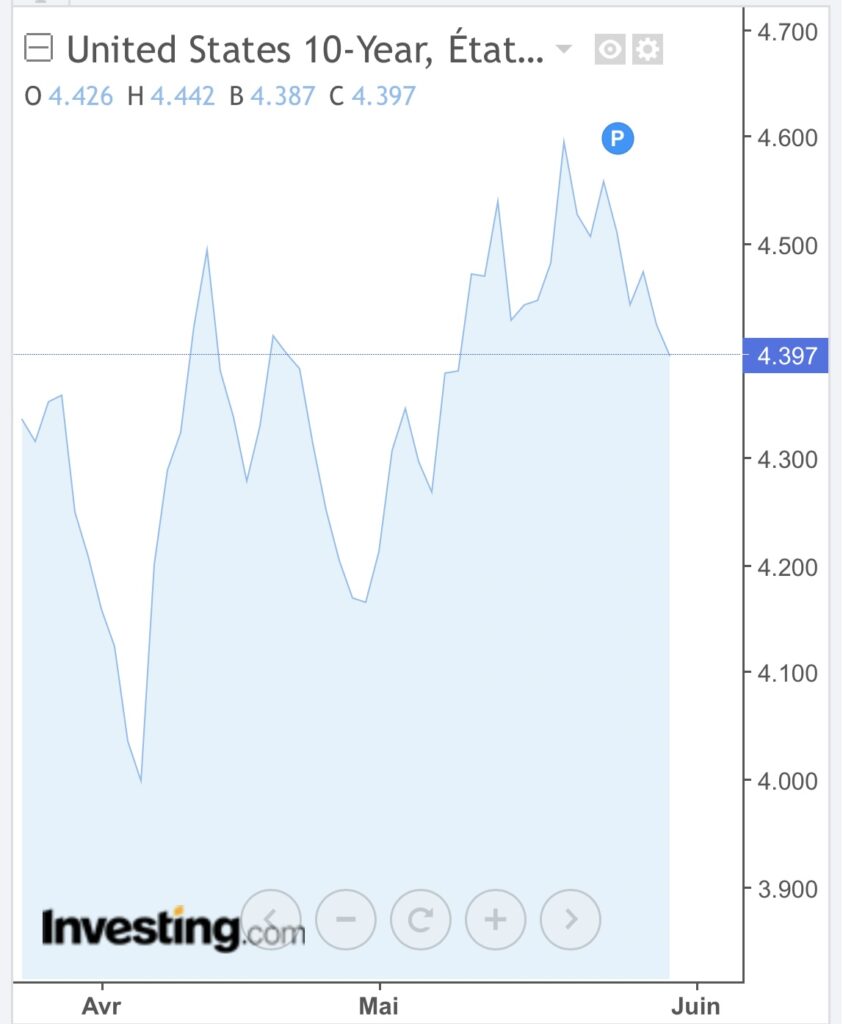The Recent Bitcoin Rally Is Not Just About The ETFs: Here Is The Real Factor
Bitcoin has recently soared, but not for the reasons one might think. While the spotlight remains on Bitcoin ETFs, another reality is emerging in the background: global macroeconomic fractures fueling a desperate search for a safe haven.

In Brief
- Bitcoin’s surge to $111,000 was driven much more by macroeconomic tensions than by ETFs.
- Persistent inflation, rising bond yields, and distrust in central banks strengthen BTC as a safe haven.
- The unstable geopolitical context pushes investors to consider bitcoin as protection against systemic risks.
Bitcoin ETFs: A Secondary Factor Despite the Enthusiasm
Since January 2025, Bitcoin ETFs have attracted nearly $13 billion. A record, but insufficient to explain the recent BTC surge to $111,000. This momentum mainly unfolds against a tense economic backdrop. Indeed, the 10-year bond yields in the United States climbed from 4.2% to 4.6% in a month, reflecting a loss of market confidence.

At the same time, inflation now seems structural, stabilized around 3%, well above central banks’ targets. This environment therefore pushes investors to turn towards bitcoin, seen as a credible refuge. Its capped supply at 21 million units enhances its appeal during times of instability, far beyond the sole rationale of institutional adoption through ETFs.
Bitcoin and Geopolitics: A Response to Fractures in the Global Order
With every geopolitical crisis, bitcoin gains ground. Instability in the Middle East, the war in Ukraine, and growing tensions between major powers revive interest in sovereign assets. BTC then asserts itself as protection against the risk of monetary fragmentation, especially since Donald Trump’s return to power.
Here are the trends that strengthen this positioning:
- Rise in BTC purchases in high-inflation zones such as Argentina and Turkey;
- Increasing use by entities seeking to circumvent international banking restrictions;
- Renewed interest in bitcoin as “digital gold” in institutional portfolios.
Strategic Recomposition: What Investors Understand (or Refuse to See)
The narrative is changing. The recent bitcoin rally was not driven by Bitcoin ETFs but by an unfavorable macroeconomic context. Unfortunately, not everyone grasps this. Those still betting on an imminent economic collapse find themselves going against the current. Markets punish excessive pessimism, and bitcoin absorbs this perception gap.
Here is what now motivates bullish strategies:
- Search for returns outside traditional monetary circuits;
- Loss of confidence in central banks as arbiters of stability;
- Progressive integration of BTC as a tool for diversification against systemic risks.
More than a speculative asset, Bitcoin (BTC) becomes the thermometer of global anxieties. It reflects the erosion of trust in monetary institutions, the fear of persistent inflation, and the dread of a geopolitically unstable world.
Despite the record $6.2 billion raised by IBIT in May, it was not the euphoria of Bitcoin ETFs that recently propelled BTC. Rather, it is worry, distrust, and economic survival instinct. The latest surge of the crypto queen is not a trend: it’s a silent scream from a transforming financial system.
Maximize your Cointribune experience with our "Read to Earn" program! For every article you read, earn points and access exclusive rewards. Sign up now and start earning benefits.
The world is evolving and adaptation is the best weapon to survive in this undulating universe. Originally a crypto community manager, I am interested in anything that is directly or indirectly related to blockchain and its derivatives. To share my experience and promote a field that I am passionate about, nothing is better than writing informative and relaxed articles.
The views, thoughts, and opinions expressed in this article belong solely to the author, and should not be taken as investment advice. Do your own research before taking any investment decisions.